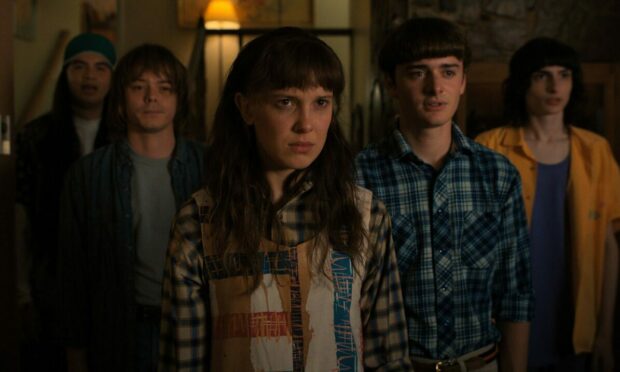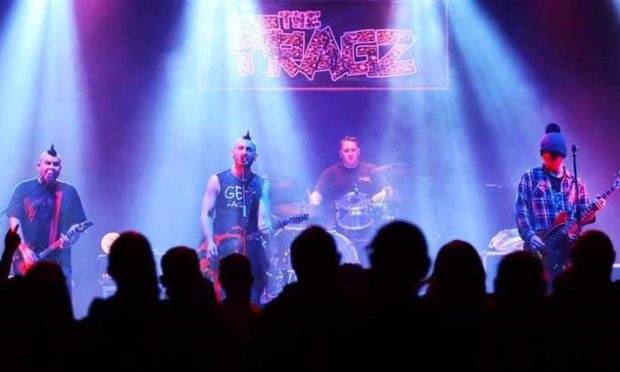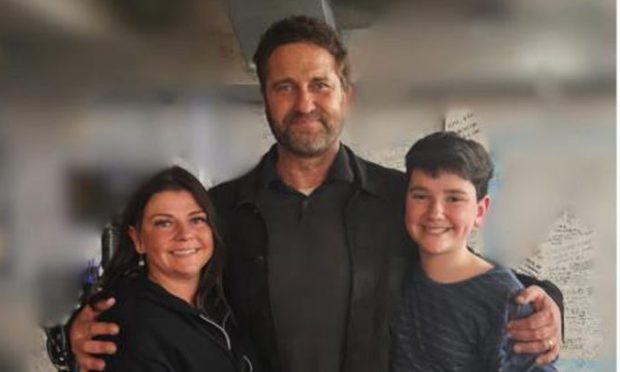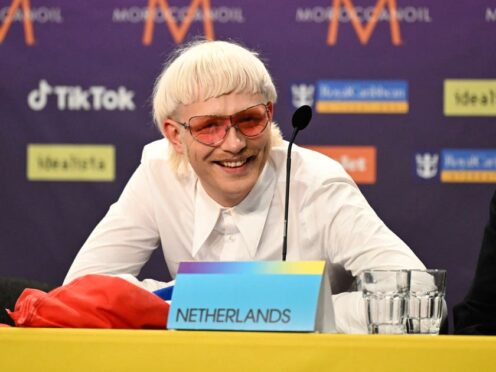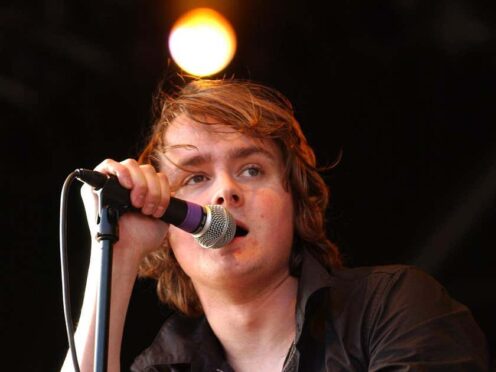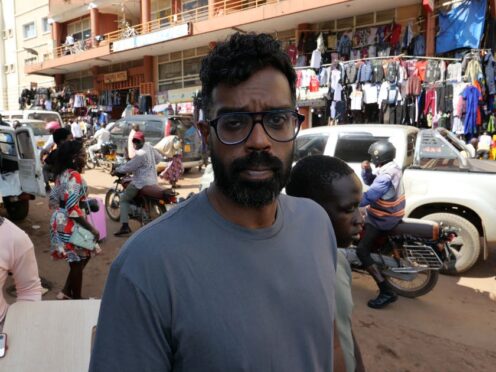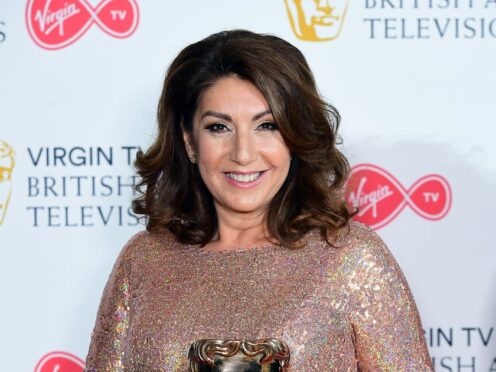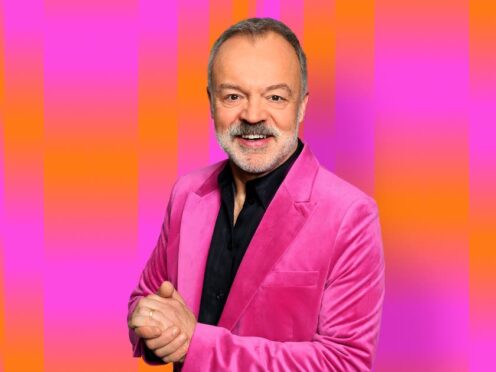The biggest jump-scare in the new series of Stranger Things is moment when I realised that most of the new episodes clock in at more than 70 minutes long.
One chapter even breaks the 90-minute barrier – which is ridiculous for a series that started out as an affectionate homage to the 80s movies of Steven Spielberg and the novels of Stephen King.
But it’s been such a phenomenon for Netflix, I get the impression that no one high up at the streaming service had the heart to rein in Stranger Things’ creators, the Duffer Brothers, and instead gave them carte blanche to do anything they wanted.
If you’re an uber-fan of the supernatural series, the fact every episode is almost feature-length might well be a selling point.
However for viewers whose interest in the show has been waning with each passing series – that would be me – the bloated nature of what it has become is a bit off-putting.
To its credit, the new series does try to do something fresh, by moving some of the action away from the supernaturally-cursed town of Hawkins and into the sunnier climes of California, where the Byers family have moved following the apocalyptic events at the end of series three.
TV Review: Stranger Things season four keeps main characters apart
The downside of keeping the central characters apart and in different locations is that some of the parallel storylines aren’t nearly as interesting as the rest.
We discover, for instance, that fan-favourite Hopper (David Harbour) didn’t die in the last series and is actually trapped in a prison somewhere in the Soviet Union.
I couldn’t help feeling his storyline could have been told in half the time and kept the episodes to a brisk 50-60 minutes. It’s this kind of narrative bloat that makes ploughing through them less effortless than in the previous series.
But quality over quantity doesn’t seem to be a factor for the makers of Stranger Things – as evidenced by the fact the season finale (which will air in July) runs two-and-a-half hours.
Now that’s truly terrifying.
The fourth season of Stranger Things is scheduled to be released on Netflix in two volumes. The first volume of seven episodes premiered yesterday (Friday May 27) and the second one will be released on Friday July 1.
